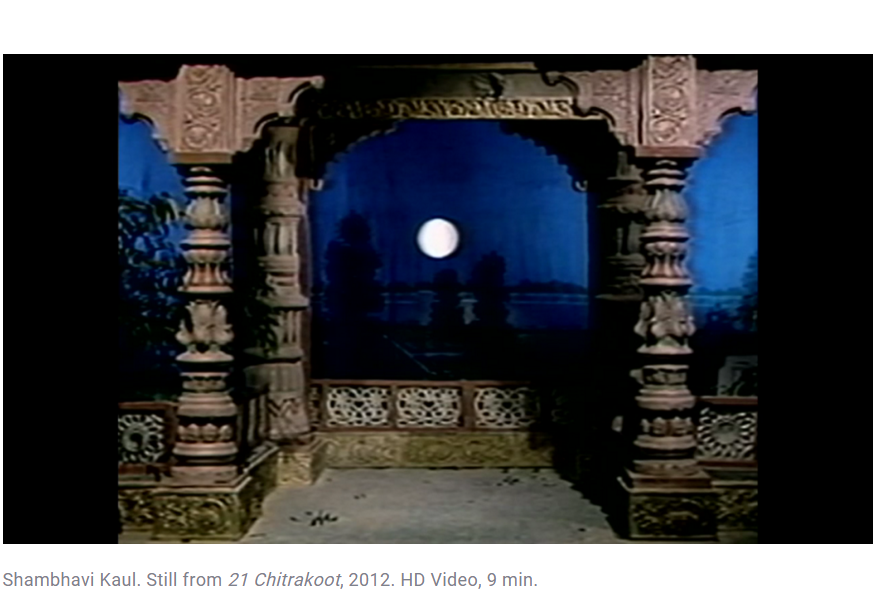
The following post originally appeared on the International Center of Photography’s website.The International Center of Photography (ICP) is a co-organizer of the Rubin’s latest exhibition, Steve McCurry: India. Here, the ICP interviews another prominent photographer and her nostalgic depictions of ancient India:
Despite the slipperiness of memory, Louise Bourgeois insists that they are her documents and adds, “You have to differentiate between memories. Are you going to them or are they coming to you? If you are going to them, you are wasting time. Nostalgia is not productive.” Documentation is often done to create an archive, a remembrance, but Bourgeois reverses this process choosing to rely on the mutable and the uncertain.
The paradoxical place between memory and document is the location of the works in this exhibition, ”I need my memories. They are my documents.” at sepiaEYE Gallery, featuring photographs and videos by five artists who work with a repository of existing visual materials.

Nandita Raman: In both Mount Song and 21 Chitrakoot you are repurposing older material. What are your thoughts on nostalgia?
Shambhavi Kaul: The older source material for both these works are themselves nostalgic depictions of ancient times, one of ancient India and the other China. In my work, the effort is to pull back and make apparent whatever lies underneath that nostalgia, what appears to me to be more like anxiety.

There is a sense of emptiness, absence of actors in both Mount Song and 21 Chitrakoot. The sets are somewhat recognizable and yet strange too. Are these indications of your inclination towards non-place?
Removing the actors and focusing on the sets and backdrops is a way to subdue the dominating narratives of the source material to find out what was being unintentionally stated. What happens through this process is also the reconstruction of an imagined place.

The sound it seems is a very careful and considered decision in your videos. Do you start thinking about the sound early on in your process? Could you talk about the sound in Mount Song?
Yes! The sound in my work is very important. I worked on the soundtrack for Mount Song at The Wexner during a residency. They have a great sound engineer there called Paul Hill. He and I worked in great detail and while the sounds all originate from the same source material as the video, after we had worked on them, I remember thinking how plastic sound can be. How bendable and stretchable it is. How small the distance is between categories like music, noise and speech.

You recently completed a MFA from Bard College. What are the challenges of thinking about video in a gallery context?
I suppose I am thinking of it more as a potential than a challenge. I have been working through the idea of loops and looping with video and this is exciting to think of in terms viewing conditions outside the movie theater. I’m also attracted to the possibility of including materials that are not easy to include in a movie theater.

In addition to art, what are your other interests?
I love reading books.
What are you working on currently?
I am working on a writing project, a photo series and a film, all at the same time. Sometimes the projects overlap!
Author: Nandita Raman
Add Your Thoughts
Comments are moderated, and will not appear on this site until the Rubin has approved them.

